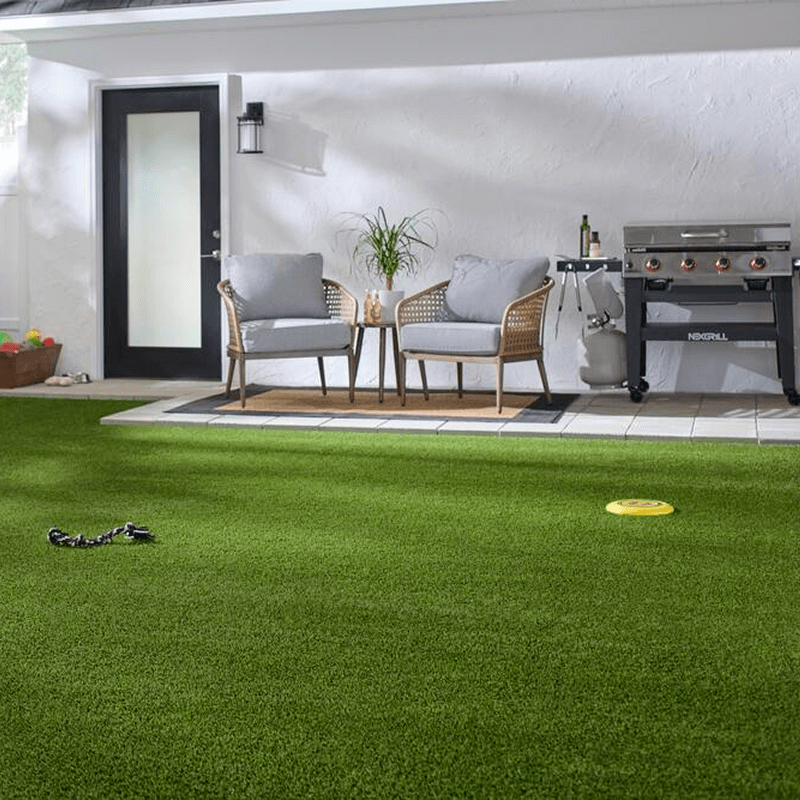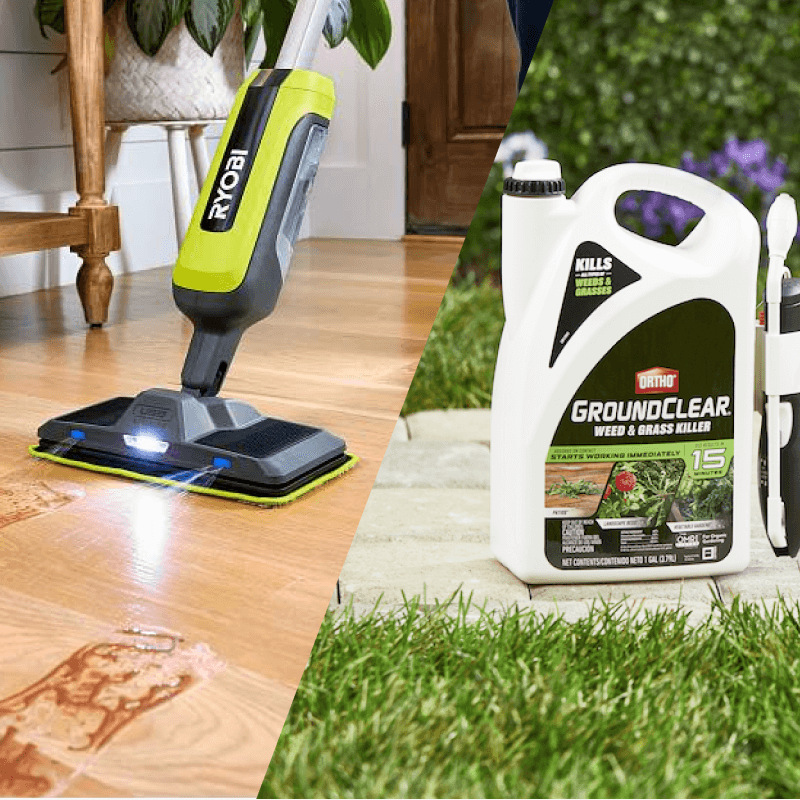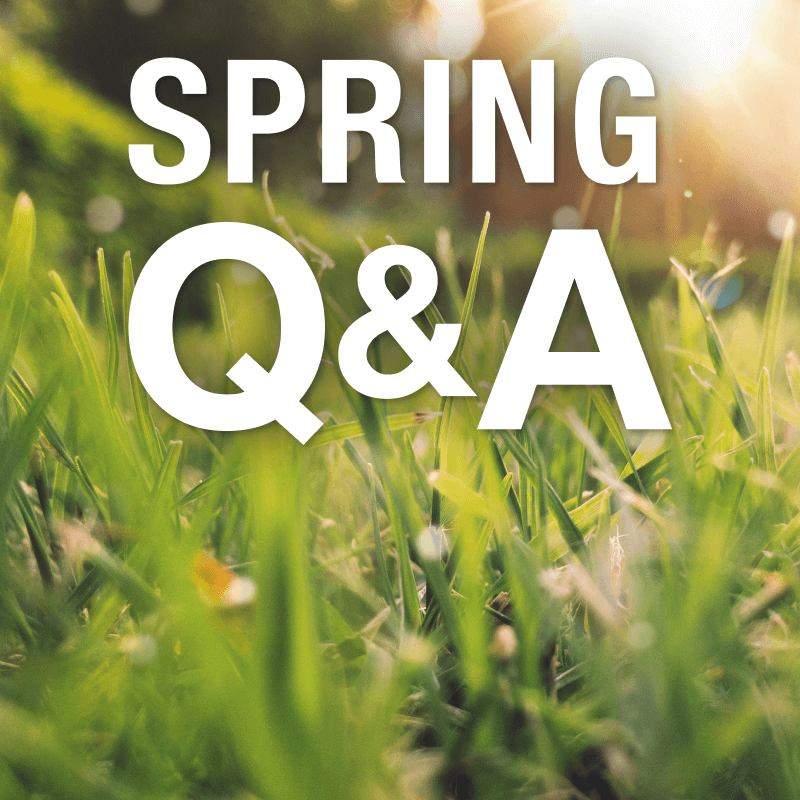As you prepare for a fall filled with holidays, family time and warm beverages, don’t forget to make time for important lawn and garden care.
A recent Home Depot survey found that 40 percent of gardeners over the age of 35 and 54 percent of gardeners under the age of 35 spend most of their fall lawn maintenance time picking up leaves. Pruning was the next most time consuming task for those polled. Leaves and branches are important things to tend to, but what else should be at the top of your fall gardening list? Take note of some of these to-dos as you prep your garden for the coming winter months and next growing season.

1. Let your lawn breathe.
Your soil may be compressed from rainfall during the previous seasons. Rent an aerator to let your lawn breathe. Holes formed from aerating will provide room for water, air and fertilizer to travel deeper into the soil. This important step will help your lawn look lush and healthy by spring.

2. Mulch your flowerbed, but not too early.
Adding mulch around the base of trees and plants can help prevent them from freezing once winter comes. But, be cautious of the when you add the mulch.
“The number one mistake made is putting down too much mulch, and too early,” says Lorie, a garden specialist at Home Depot store #704 in Cordova, Tenn. It can insulate the ground and not allow the roots to cool off (post-summer) and go dormant. “You end up with new growth too late into the season and it will be damaged by the winter cold.”
Wait until the ground is freezing and add mulch in areas of your yard where you may be thinking of growing or expanding your garden in spring. Planning ahead will guarantee that the soil is free of unwanted growth once the ground is warmer and ready for planting.
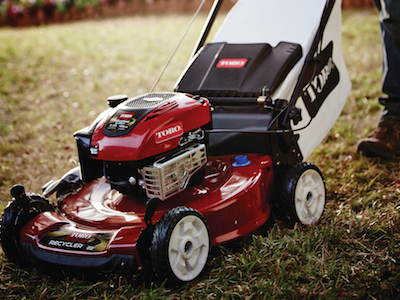
3. Mow the lawn shorter—and don’t ignore the leaves.
Cut your grass a little shorter as you move into fall. “The height of your ideal grass varies based on region and the type of grass. Generally speaking, three inches is a good rule of thumb,” says Lorie.
Your grass will be less exposed to disease and disruption when it’s not long and matted. If you’re expecting snowfall during the winter, shorter grass length is important to hinder the possibility of snow mold. Have leaves on the ground? Leaves actually contain a lot of plant nutrients; instead of raking them, try mowing them into your lawn.

4. Cut dead branches.
Trim your trees with loppers to stop branches from falling on your lawn or garden due to wind or heavy snow. Pruning dead limbs will also prevent the hazards fallen branches may bring to the home. Cut close to the trunk, but not flush with it (which could cause even more damage down the road). Trim as close to the collar—without actually cutting it—as you can, for best results. Some bigger branches may need as many as three cuts on the limb for proper removal.
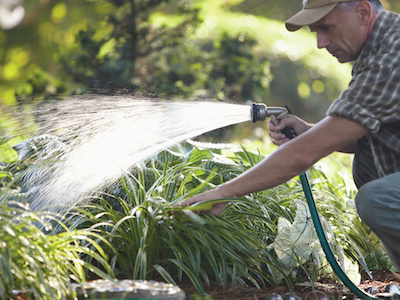
5. Don’t forget to water.
A lack of scorching heat doesn’t mean your plants no longer need water to grow healthy and survive. “When dry plants freeze, their cellular system is damaged,” explains Lorie. Frozen water on the leaves and stem can actually help insulate the plant from the cold. “Making sure your plants are moist all year round is probably the most important thing you can do.”
Want more tips for fall gardening? Visit our Garden Club for more fall gardening inspiration and ideas.



